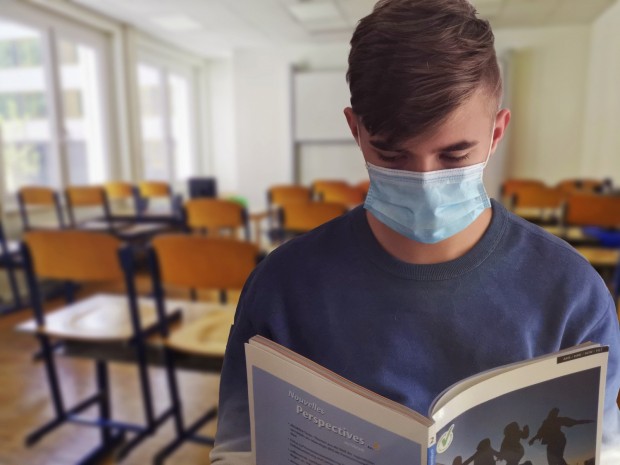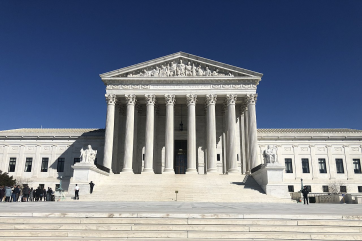Photo : pixabay
As summer vacation draws to a close, parents eagerly anticipate the first day of school. They pack lunches, make sure their children have all the school supplies the teacher requested, and they even wave good-bye as they board the school bus.
Not this year, though. All around the country, parents and school faculty are hesitant and even outraged that the nation's elected officials are willing to put their children's health at risk. After all, if Congress and the Supreme Court can convene via Zoom, why is it suddenly safe for children to return to the classrooms?
Unique guidelines
You know how classrooms typically had anywhere from 25 to 30 students? Depending on the age, they'd stay in that small room for 7 hours (minus the time allotted for recess and lunch) or they'd make their way to their next class almost 9 to 10 times a day in highly congested hallways. Obviously, this does not follow safety guidelines.
So what's the plan? According to the guidelines created by the American Federation of Teachers, students must wear masks, have staggered school days to limit the number of students in the school, they cannot share anything with others, and so on. Some classrooms have even erected plastic shields around the student's desks!
We won't even mention how depressing it will be for students (especially young ones) to have to socially distance and keep away from friends. That means interactions on the playgrounds and cafeteria are going to look a lot different than we're used to.
Option for distance learning
Although the government encourages students to attend class in person, many school districts are allowing them to learn from home. The downside to this is it's more work on the teachers, but it's also unfair to students in low-income neighborhoods, families living in poverty, or rural areas where the internet connection is slow or even non-existent. Sadly, the students who will be most affected by this will be those in low-income families - typically who live in poor neighborhoods on the outskirts of the city.
What's interesting is that with mortgage rates being so low and federally backed home loans are giving families a chance to move. According to HomeLight's Q2 2020 report, 19% said their clients are moving for an area that has a better school district, therefore giving their children a chance to do their coursework without anything holding them back.
The debate on opening universities
So far, we covered public school and the troubles they'll have reopening. Universities also debate on whether they should hold in person classes or not. The Institute of International Education released a report where they surveyed 500 colleges and universities regarding their plans to reopen. 87% of those institutions stated they would combine in-person classes with online classes. However, undergrads who pay high tuition to attend a four-year private college are still expected to pay the full cost of tuition, room, and board, despite the fact they aren't actually going to class.
Some schools are telling their students they have to leave campus where they'll do coursework online, which leaves many students in a pickle. What are international students, those who don't have the means to go back home, or don't have a home to return to going to do? What are their options?
The coronavirus has made much of our lives incredibly difficult, and now that the school year is beginning, that's just another thing we have to worry about. Where we go from here is anyone's guess, but as a parent or even a university student, you have to listen to your instincts and do what's best for the health and safety of your child or yourself.
* This is a contributed article and this content does not necessarily represent the views of universityherald.com









